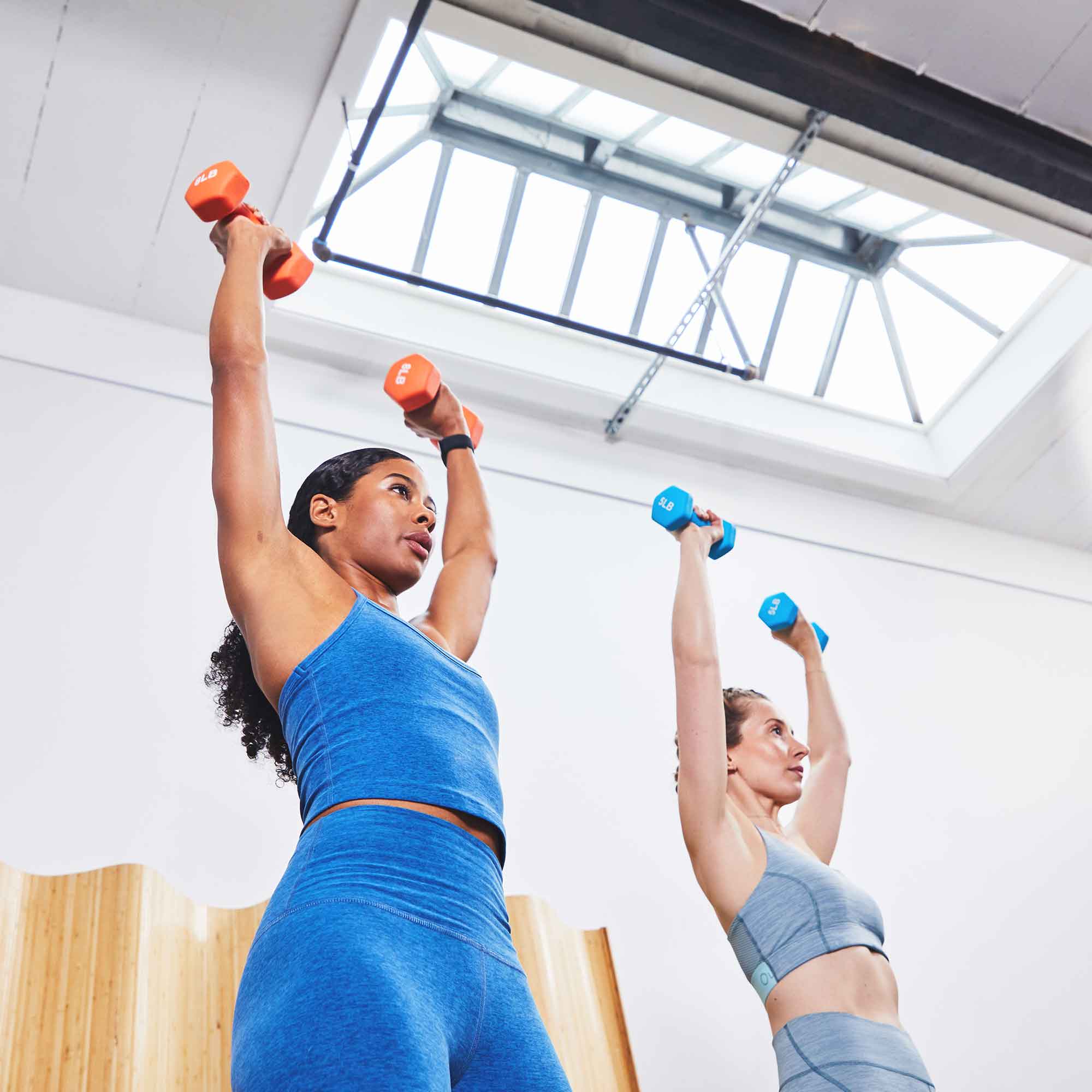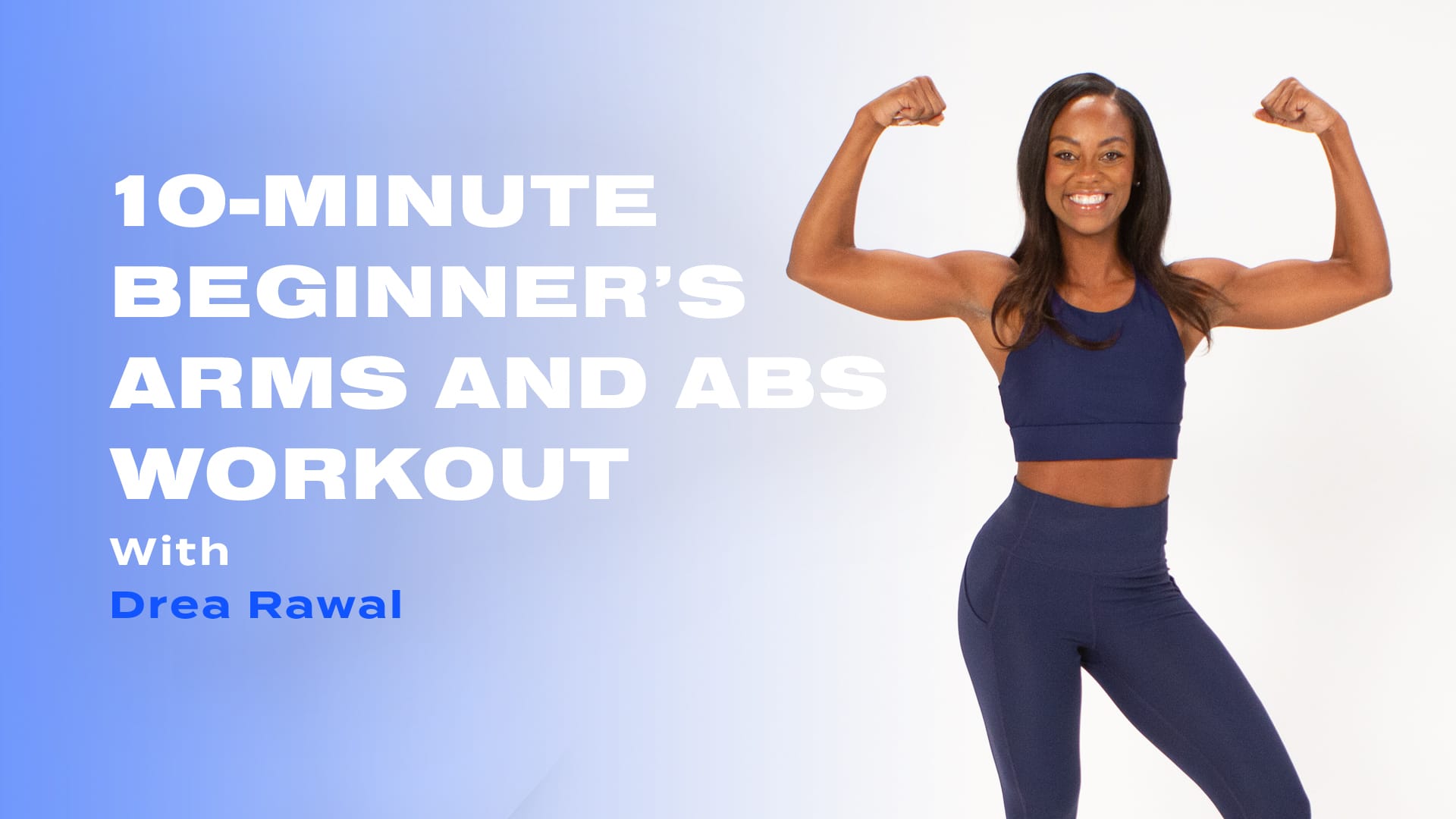
- POPSUGAR Australia
- Fitness
- When Is It Safe to Start Exercising After Having COVID? Here’s What Keep It Cleaner’s Physiotherapist Says
When Is It Safe to Start Exercising After Having COVID? Here’s What Keep It Cleaner’s Physiotherapist Says

Chances are in the last few weeks, you or someone you know has had COVID-19. And, with Melbourne epidemiologist Tony Blakely warning that with the current infection rate across the country, up to 60 per cent of Australians will have had the virus within the next three weeks, this is only going to increase.
For those in COVID recovery, you might be wondering when you’ll feel up to returning to your previous activities like exercise. Considering how important exercise is for both your body and mind, it’s no wonder you’re keen to return to it. But, it’s also important to take your time and not rush the healing process — your body needs rest.
To understand how to manage your return to exercise safely, we turned to Keep It Cleaner’s physiotherapist and women’s health educator, Ashleigh Mason, who has compiled a handy guide just for you. It’s important to note that research surrounding exercise after COVID is still in its infancy, so be sure to listen to your body as closely as possible.
“The truth is that, as health professionals, we have to admit that at this point we just don’t know everything there is to know, yet. But I’m going to do my best to guide you according to what we do know so far,” said Mason.
“It’s also important to note that everyone’s post-COVID-19 recovery will look and feel different depending on a range of factors including prior fitness levels, severity of illness and symptoms, isolation times, and types of medical intervention that was needed. Please remember this is only a guide, and is not intended or to be used as a substitute for individual medical advice; please seek guidance from your medical or healthcare professional for information that is tailored to you.”
Keep It Cleaner’s CEO and co-founder Laura Henshaw is currently following this advice in her exercise journey post-COVID. Henshaw tested positive for the virus two weeks ago and says that she is still taking it easy and listening to her body when it comes to exercise.
“A big part of my morning routine is doing my KIC workouts, and I have really missed them through this time,” Henshaw said. “I know it can be really hard to rest away from exercise if it is a big part of your life, but it is so important to let your body rest and recover and rebuild your strength to be able to do your workouts again.”
“My core motivation for moving my body is for the incredible impact it has on my mental health, and so through isolation I have really tried to make sure I have been doing things that positively impact my mental health while I am still resting. The thing I have done that has made the biggest impact is swapping my morning workouts for one of our KIC guided meditations. I find they really help me feel present, and calm any thoughts of worry and unease — all it takes is about 10 minutes and I couldn’t recommend it more.”
Below, you’ll find Mason’s guide on how to return to exercise safely.
After Testing Positive
Goal: Rest and recover
Mason recommends resting for at least 10 days after you begin to experience symptoms, and at least seven days for those who are asymptomatic. When you’re unwell, your body craves rest, so it’s important that you allow it to do this as much as possible.
“This isn’t the time to ‘sweat it out’,” said Mason. “Your body needs rest in order for your immune system to effectively combat the virus. If you’re feeling guilty for resting, or not exercising, it’s important to remind yourself that whilst exercise is a form of self-love, so is rest.”
Before getting stuck into the guide, Mason notes that you should spend at least seven days** at each phase. Avoid moving on to the next one earlier than planned, as you don’t want to push yourself too soon. Or, if you’re still finding it hard, drop back to a previous phase.
Phase 1
Goal: Prepare to return to exercise
According to Mason, the first phase after recovering from COVID-19 is all about preparing your body to be active again. “Whether you’ve spent the past 10 days watching Netflix, reading, or sleeping, your body needs time to adequately prepare for exercise in order to prevent injuries or long-term complications from COVID-19,” she said.
- Exercise suggestions: Rest, breathing exercises, stretching, balance, gentle yoga flows, slow walking.
- Suggested Borg Rating of Perceived Exertion (RPE): Zero to one (no exertion at all, extremely light.)

Phase 2
Goal: Introduce low-intensity activity
If you are feeling well enough, you can start doing some low-intensity, low-impact exercise. “Start with 10-15 minutes, and gradually increase by adding 10 minutes each day,” said Mason.
- Exercise suggestions: Walking, gentle yoga flows, light household and gardening tasks.
- Suggested RPE: Zero to two.
- Progress when: You’ve completed **seven days at phase two, and you can walk 30 minutes at a pace where you can still easily hold a conversation (RPE three).
Phase 3
Goal: Moderate-intensity aerobic and strength
Start with intervals of exercise, with Mason recommending two intervals of five minutes separated by a block of recovery. Then, you can add one five-minute interval per day if you’re up to it.
- Exercise suggestions: Pilates, bodyweight (or very light weights) strength training.
- Suggested RPE: Three to six. Light to somewhat hard; you can hear your breathing but not gasping for air
- Progress when: You’ve completed **seven days at phase three, and you can complete a 30-minute session and feel recovered within one hour.
Phase 4
Goal: Moderate-intensity aerobic and strength with coordination and functional skills
According to Mason, this is when you can start increasing the number of days you’re moving your body as long as you feel up to it. “Remember, the key is listening to your body, and only moving your body in a way that feels comfortable,” she said.
- Exercise suggestions: Light interval jogging, introduce light HIIT training, increase weights & challenge in strength training.
- Suggested RPE: Continue at three to six as per phase three.
- Progress when: You’ve completed **seven days at phase four, and when your fatigue levels are normal.
Phase 5
Goal: Baseline exercise
“We hope that by phase five, you’re feeling a lot more like your usual self, and are back KIC’ing your fitness goal like normal!” said Mason.
- Exercise suggestions: Return to regular exercise routine.
- Suggested RPE: Seven> as tolerated, Hard to very hard. Just remember to listen to your body and modify or rest wherever needed.
While it might feel like it’ll take a long time to get back to your pre-illness fitness levels, just keep in mind that it’s all a process. Mason’s advice is to listen to your body and only move at the pace that feels comfortable as there’s no need to rush this.
“We know that exercise and wellbeing are important to you but pushing too hard too soon might actually slow your recovery,” said Mason. “Gains, PB’s and Closing your Rings don’t trump health, so take it easy, show yourself some love, compassion, and kindness, and know that even if the process is slow, you will get there — and we are here to support you along the way.”
If you need a little help or guidance in returning to exercise post-COVID, you can always talk about this with your doctor, or Mason recommends making an appointment with an exercise physiologist or physiotherapist for extra support.
Article reference: Salman D, Vishnubala D, Le Feuvre P, Beaney T, Korgaonkar J, Majeed A et al. Returning to physical activity after covid-19 BMJ 2021; 372 :m4721 doi:10.1136/bmj.m4721


